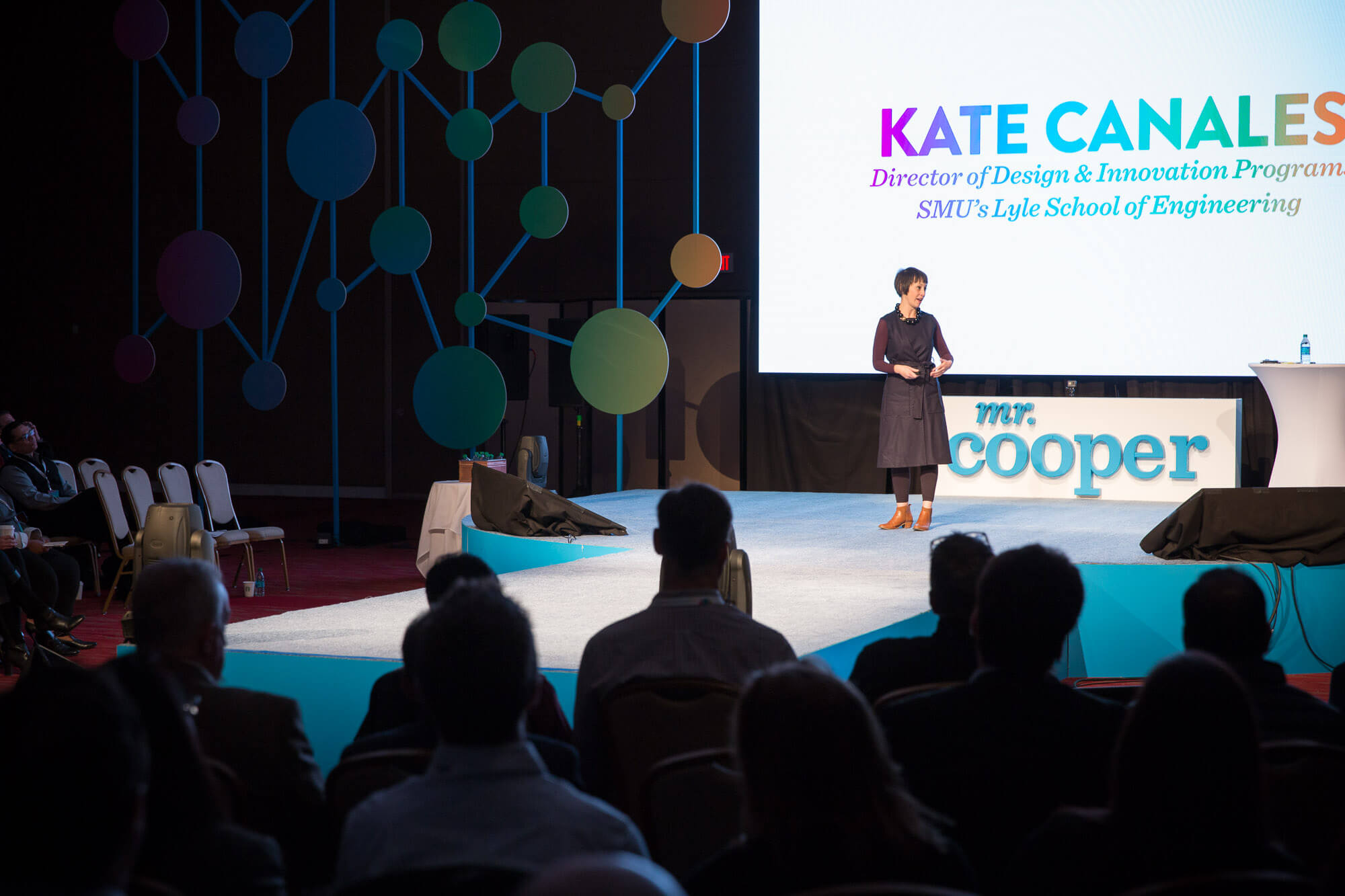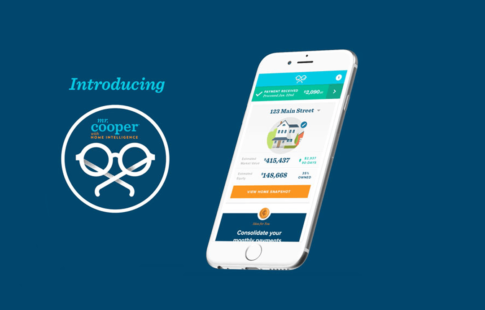In 2012, a teenager named Matthew Walzer wrote a letter to Nike®. He’d worn Nike® basketball shoes all his life, but, due to his cerebral palsy, he lacked the manual dexterity to tie his shoelaces. He would be going off to college in a few years, and he encouraged the brand to design a sneaker that would give him — and others in similar situations — independence and self-sufficiency. Inspired by his letter, Nike® designed the Flyease shoe, a basketball sneaker that zips around the back of the ankle and secures in front with Velcro, and can be taken on and off with one hand. It looks so cool that it was released as part of the Lebron James collection. This is just one example showing the role empathic design plays in product innovation.
Empathic Design Puts the Customers’ Needs First
The OXO Good Grip™ kitchen tools brand was born when cookware company veteran Sam Farber observed that his wife, Betsey’s, mild arthritis made it difficult for her to use a metal vegetable peeler. Together, they designed a wide-handled, rubberized, easy-grip peeler that has become the standard in homes across America.
Empathic design is a hot topic right now, but truthfully, there’s not one industry that doesn’t benefit from its principles. Empathic design starts with putting yourself in customers’ shoes: What do they really need and want? What obstacles are making it harder for them to achieve those things? A breakthrough product solves a problem for the user — though that problem may have been invisible until a designer saw it, and found a way to overcome it. It’s a new way of thinking, and a new way of approaching every opportunity.
Applying Empathic Design Principles to the Home Lending Industry
At Mr. Cooper’s recent leadership conference, Kate Canales spoke to us about empathic design. Kate is a former product designer, as well as a clinical professor, and the current Director of Design and Innovation Programs at the Lyle School of Engineering at Southern Methodist University. She is also the founder and director of SMU’s pioneering Master of Arts degree in Design and Innovation (MADI).
Canales’ designer-centric way of thinking is going to help Mr. Cooper revolutionize the home lending industry. It’s an electric idea, and it clicks because it puts people first. We believe that people should be at the heart of everything we do.
What’s standing between our customers and dreams like financial prosperity, home ownership, and a debt-free life? How can we help them achieve those goals? If we can reimagine the home loan application and servicing processes and apply principles of empathetic design to the customer service experience, the products we offer…we could make homeownership better, easier, and more attainable for everyone.
Canales says that when you create something, you’re not designing a thing or an object, but rather an experience or an action. For example, when she worked for Nerf™, she wasn’t designing a toy, but the experience of “playing.” At Mr. Cooper, we’re not creating a loan offering or a website or an app. We’re helping you realize your dream of home ownership.
All names and trademarks used in this blog post are the property of their respective owners. Mr. Cooper is not affiliated, associated, or sponsored by any of these owners. Use of these names and trademarks is not intended to be and does not imply endorsement but is for identification purposes only.





